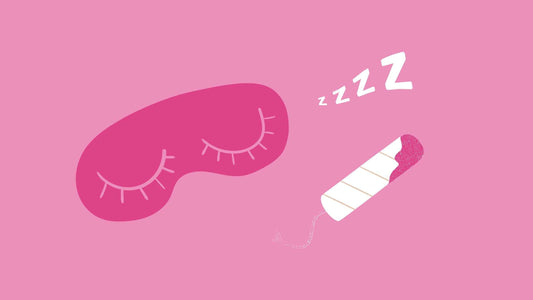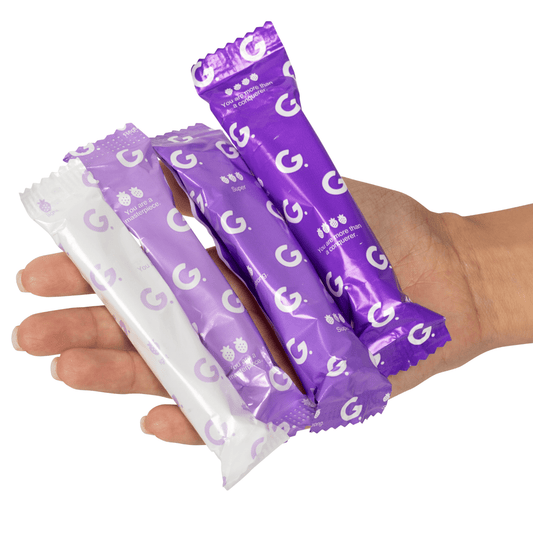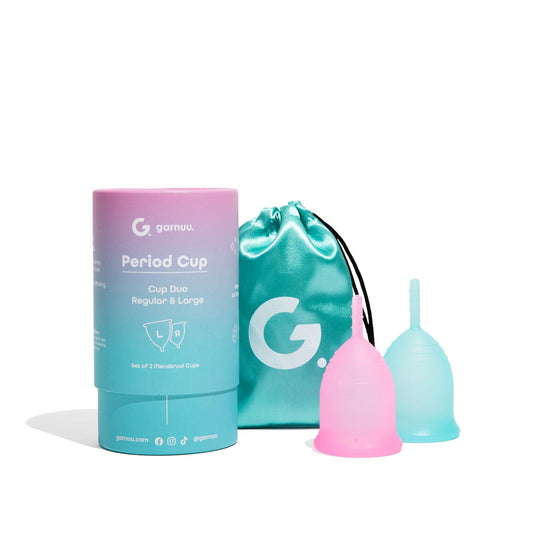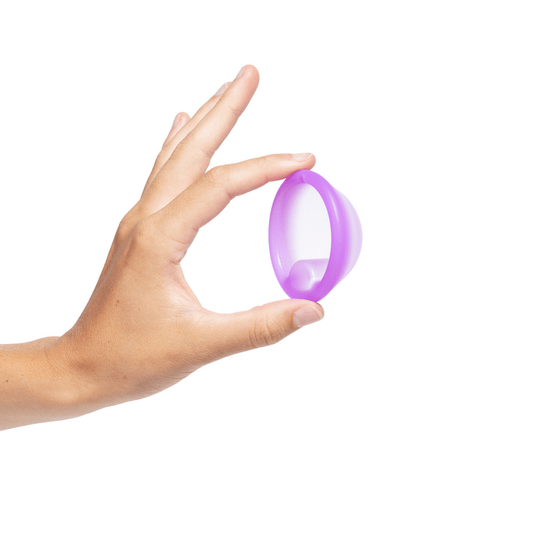
When is a Woman Most Fertile? The Best Time to Get Pregnant
Share
When it comes to getting pregnant, timing is everything. Many couples struggle with trying to conceive because they don't know when the woman is most fertile. In this blog post, we will discuss the best time to get pregnant and tips for increasing your chances of conception!
Ovulation
If you are trying to get pregnant, it is important to know when a woman is most fertile. Most of us know ovulation happens somewhere mid-cycle and is linked to our peak fertility, but many women don't learn more specifics until they're considering pregnancy.
The best time to conceive is during the ovulation period, which is about 14 days after the start of your last period. Ovulation occurs each month when your ovaries release an egg (or eggs, AKA TWINS), about halfway through your menstrual cycle. (For clarification, your menstrual cycle begins on the first day of your period and continues up to the first day of your next period.) After the egg is released from the ovary, it travels down the fallopian tube where it can be fertilized by the sperm after sexual intercourse.
A fertilized egg, or zygote, is the result of this process. After about 9.5 months, you very well might be holding a little baby in your arms!
Learn more about ovulation here!
How to track ovulation
Now that you know when ovulation happens, you might be wondering how to track it. There are a few different ways to do this:
Ovulation Predictor Kit
Use an ovulation predictor kit (OPK). These are strips that you urinate on to test when you are ovulating. You can find these at your local drugstore or online. OPK's work by measuring the presence of Luteinizing Hormone (LH) in your urine. A surge of LH, which is sent to your ovary, causes your ovary to produce enzymes which in turn cause the dominant follicle to rupture and release the egg into the Fallopian tube. This is ovulation and it is expected to occur within 12 to 48 hours of the surge of LH.
Cervical Mucus
Check your cervical mucus. When you're nearing ovulation, your cervical mucus will become clear and stretchy, like egg whites.
Basal Body Temperature
Check your basal body temperature (BBT). Your BBT is your temperature when you first wake up in the morning, or when you're at complete rest. It's usually lower before ovulation and rises slightly after ovulation. You can track it with a special thermometer called a basal body thermometer.
Your basal body temperature changes based on a number of factors, including your hormones. When you ovulate, the hormone progesterone causes your temperature to rise. Read more about BBT here.
Ovulation Calculator
You could also try an ovulation calculator. Ovulation calculators work by taking the date of your last period and your average cycle length to provide an estimated date of ovulation. An average menstrual cycle lasts around 28 days but can range anywhere from 21 to 35 days.
Though they aren't the most accurate method because you may not ovulate exactly halfway through your cycle, they're still a viable option for people with very regular menstrual cycles.
Is ovulation the only time you can get pregnant?
In short, yes! You can only get pregnant during ovulation. However, there is a small window of time before and after ovulation that you can still conceive.
Sperm can live in the female reproductive tract for up to five days. This means that if you have sex up to 5 days before ovulation, the sperm could still be waiting around when the egg is released. The egg can only be fertilized for about 12 to 24 hours after it's released, so having sex during this time gives you the best chance of getting pregnant.
On the other hand, if you wait until ovulation has already passed to try and conceive, you may have missed your chance of becoming pregnant for that cycle. This is because the egg dies after 12-24 hours of being released.
Ovulation and the time around it is the only time you can conceive because that is when the egg is available to be fertilized by the sperm.
Chances of getting pregnant during ovulation
Becoming pregnant is sometimes a lot more challenging for a couple than just having sex. Sometimes it takes planning, tracking, and many tries later to conceive.
If you are trying to get pregnant and find yourself discouraged, keep these statistics in mind:
- There is statistically only 6 days of the month you can get pregnant. This includes the day your ovary releases an egg (ovulation) and about 5 days before ovulation.
- Of the approximate 200 million sperm that are released during ejaculation, only about 2 million make it to the cervix. Amongst those 2 million, about 1,000 reach the Fallopian tube, and only about 200 reach the egg, if ANY reach the egg. The number of viable eggs exponentially decreases as this process happens.
- Fewer than 15% of fertilized eggs result in pregnancy.
If you don't become pregnant during this cycle, keep trying! Our bodies are incredible but also sometimes mysterious beings and don't always function like we want them to.
If you are trying to conceive, but struggling, know we are always in your corner here to support you.
Thank you for reading this blog post! We hope you leave having learned a few things about ovulation, fertility, and pregnancy. When it comes to getting pregnant, remember that timing is everything!
The Garnuu Team cares so much about women's health, and we wish you the best of luck on your journey if you are aiming to conceive.
XOXO,
The Garnuu Team








